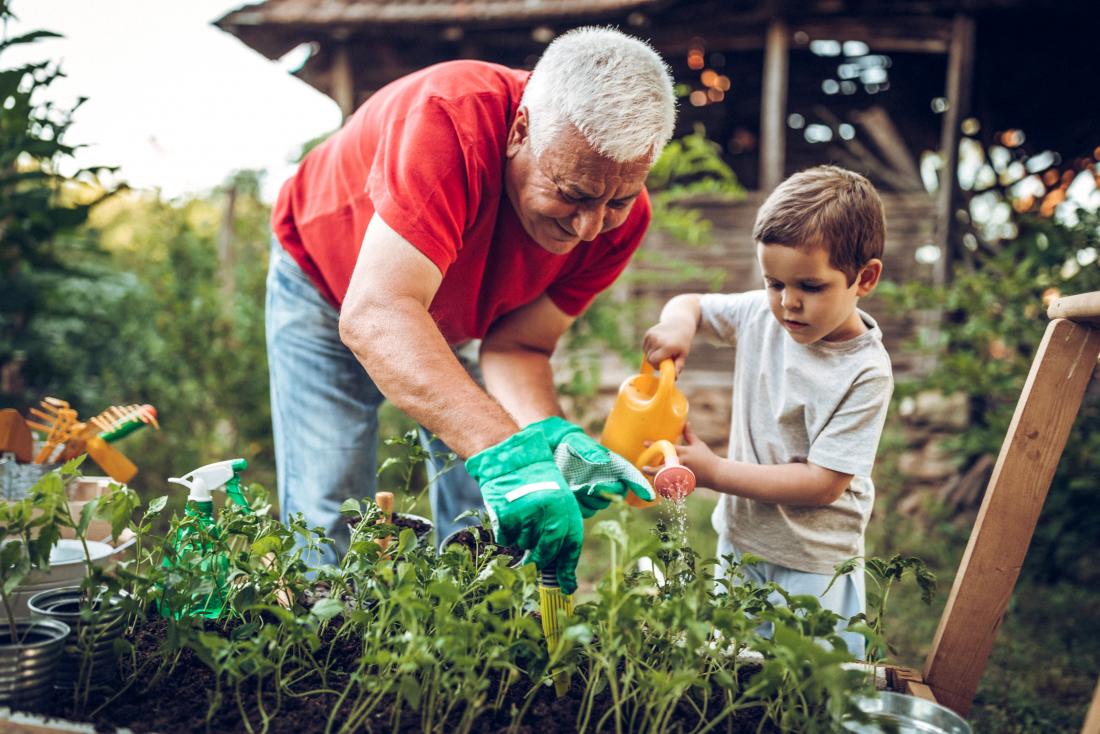Vitamin D is an essential nutrient for the body. The body needs vitamin D to absorb calcium. Vitamin D also plays a role in bone growth, bone healing, and immune system function.
This article looks at how the body gets its vitamin D from the sun, tips for maximizing vitamin D production, and other ways to get vitamin D.
How do you get vitamin D from the sun?

The sun provides a reliable source of vitamin D.
The body needs a steady source of vitamin D for many different processes.
The sun is our best natural source of vitamin D. Spending even a short time in the sun can provide the body with all of the vitamin D it needs for the day. According to the Vitamin D Council, this could be:
- 15 minutes for a person with light skin
- a couple of hours for a person with dark skin
Very few foods contain significant amounts of vitamin D, so people can ensure they get enough of the vitamin by scheduling regular time outdoors.
When the sun’s ultraviolet B (UVB) rays hit a person’s skin, processes inside the tissue start making vitamin D for the body to use. It is essential to remember, however, that too much sun exposure can burn the skin and potentially lead to skin cancer.
Vitamin D helps the body to absorb calcium, which is one of the main building blocks of bone. The body also needs vitamin D to keep the nerves, muscles, and immune system working properly.
Vitamin D deficiencies can cause soft bone conditions such as rickets or osteomalacia, and the porous, fragile bone condition called osteoporosis.
Tips for getting vitamin D from the sun
When the sun’s rays hit the skin, processes inside the tissues start making vitamin D.
People do not need to get a tan or burn to get vitamin D from the sun. The body will make all the vitamin D it needs for a day in about half the time it takes the skin to burn.
Many factors affect how much vitamin D a person gets from the sun, such as:
- Time of day. The skin produces more vitamin D when in the sun during the middle of the day, the time it is at its highest point in the sky. When spending prolonged time in the hot sun, wear sunscreen, and stay hydrated.
- Amount of skin exposed. The more skin a person exposes, the more vitamin D the body will make. Exposing the back, for instance, allows the body to produce more vitamin D than just the hands and face.
- Skin color. Pale color skin makes vitamin D more quickly than darker colored skins.
Where a person lives in relation to the equator also has a significant impact on how much vitamin D their bodies can make.
In the United States, people in the sunnier southern states will find it easier to meet their vitamin D needs with sun exposure than those in the northern states. This is especially true in the winter months when the sun is lower in the sky.
Frequent, moderate exposure to the sun is healthful, but prolonged exposure can be dangerous.
It is important to note that when someone stays in the sun so long that their skin burns, they have a higher risk of developing skin cancer.
Current advice is for people to stay in the sun for half as long as it takes their particular skin type to burn before covering up and retiring to the shade. This should give them all the vitamin D they need without increasing the risk of skin cancer.
What factors prevent you from getting vitamin D from the sun?

Vitamin D deficiency is a possible risk for older people.
Wearing sunscreen limits the body’s ability to make vitamin D. However, spending time in the sun without sunscreen can cause sunburn and may contribute to the development of skin cancer.
The body cannot make vitamin D when exposed to the sun’s rays through a window as the glass blocks the sun’s UVB rays.
Some people’s skin is less able to make vitamin D than others. Others may not be able to adequately release vitamin D into their blood circulation from fat cells.
Also, certain individuals may not activate vitamin D to a usable state. These people may find themselves at risk of vitamin D deficiency, including:
- older people
- people with darker skin
- people who are obese
- people with kidney or liver disease
Other ways to get vitamin D
Vitamin D sources include the sun, certain foods, and vitamin D supplements.
In the United States, the recommended daily intake of vitamin D from food or supplements is as follow:
- Children and teenagers: 600 international units (IU) or 15 micrograms (mcg).
- Adults up to the age of 70 years old: 600 IU or 15 mcg.
- Adults aged 71 years old and over: 800 IU or 20 mcg.
- During pregnancy and breastfeeding: 600 IU or 15 mcg.
Some foods are higher in vitamin D than others. Eggs, sardines, and salmon naturally contain vitamin D. Also, manufacturers fortify most milk and some brands of yogurt and breakfast cereals with the vitamin.
The University of Florida provides examples of foods that contain vitamin D:
- 3 ounces (oz) of cooked sockeye salmon: 570 IU or 14 mcg.
- 3 oz of drained canned tuna: 240 IU or 6 mcg.
- 3 oz of drained canned sardines: 165 IU or 4 mcg.
- 1 cup of 1% fortified milk: 120 IU or 3 mcg.
- 6 oz of low fat vanilla yogurt: 80 IU or 2 mcg.
- three-quarters of a cup of fortified orange juice: 75 IU or 2 mcg.
- 1 serving of fortified breakfast cereal: At least 40 IU or 1 mcg.
- 1 large hard boiled egg: 45 IU or 1 mcg.
Vitamin D rich food and supplements are particularly important for people who find it difficult to get the vitamin from exposure to the sun, and those who cannot spend much time outside.
Older people, those with darker skin, other groups whose skin is less able to make vitamin D, and individuals at higher risk for vitamin D deficiency may wish to consider taking a supplement.
It is worth noting that, while it is rare, vitamin D toxicity can occur and cause nausea, constipation, weakness, and kidney damage.
The latest advice is for adults to get no more than 4,000 IU of vitamin D a day from food and supplements. Sun exposure typically will not lead to vitamin D toxicity.
It is also possible to get vitamin D production from an indoor tanning bed. The Vitamin D Council advise people thinking about this route to:
- stay on the bed for only half the time it takes the skin to burn
- use low pressure UVB beds, not ones that use high intensity UVA light
Summary
Sun exposure is the most important natural source of vitamin D. The body uses the vitamin to absorb the calcium it needs to build and maintain bones.
Short bursts of sun exposure can usually allow your body to produce all the vitamin D it needs for the day. Some people, including older people or those with kidney or liver problems, may be at risk of becoming deficient in vitamin D. They can consider eating more foods that contain vitamin D or taking a supplement.
When exposing the skin to the sun, it is essential to consider the risk of skin cancer. People should avoid allowing their skin to burn.
